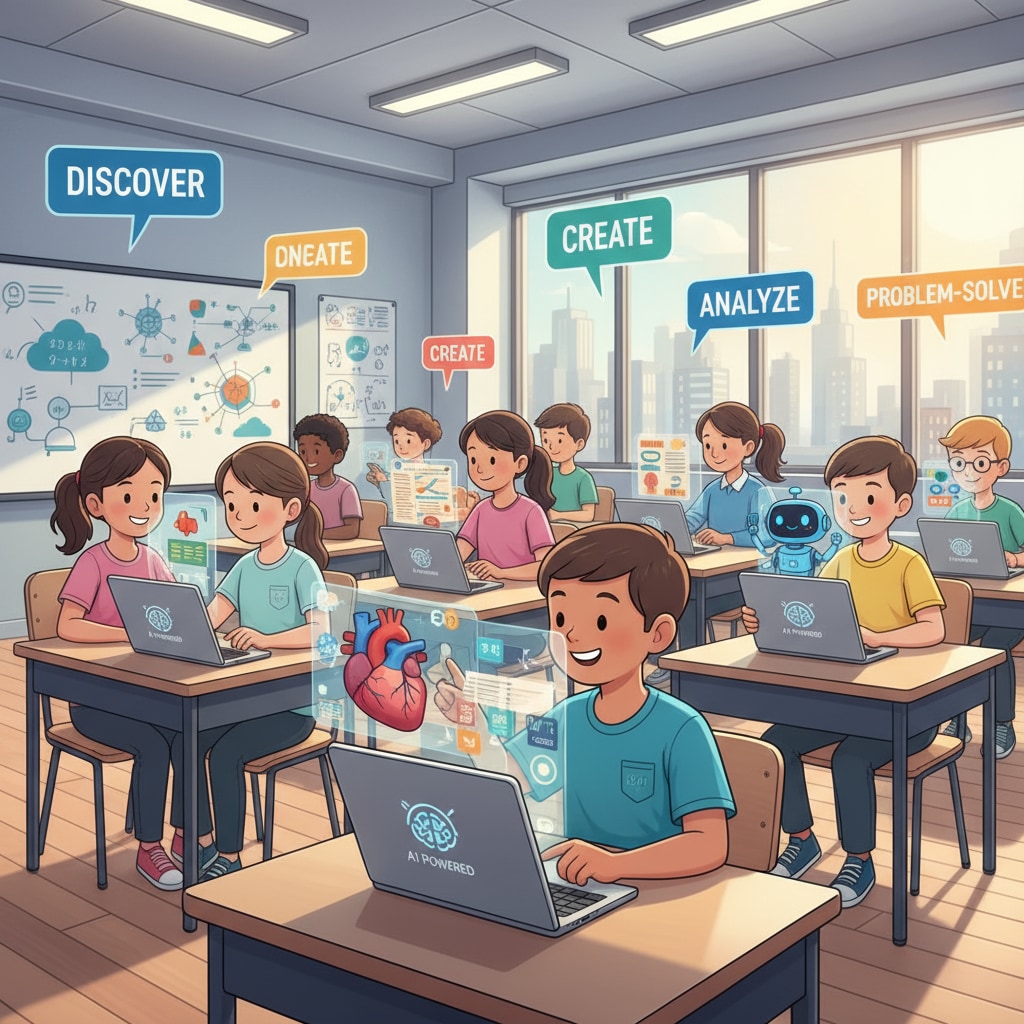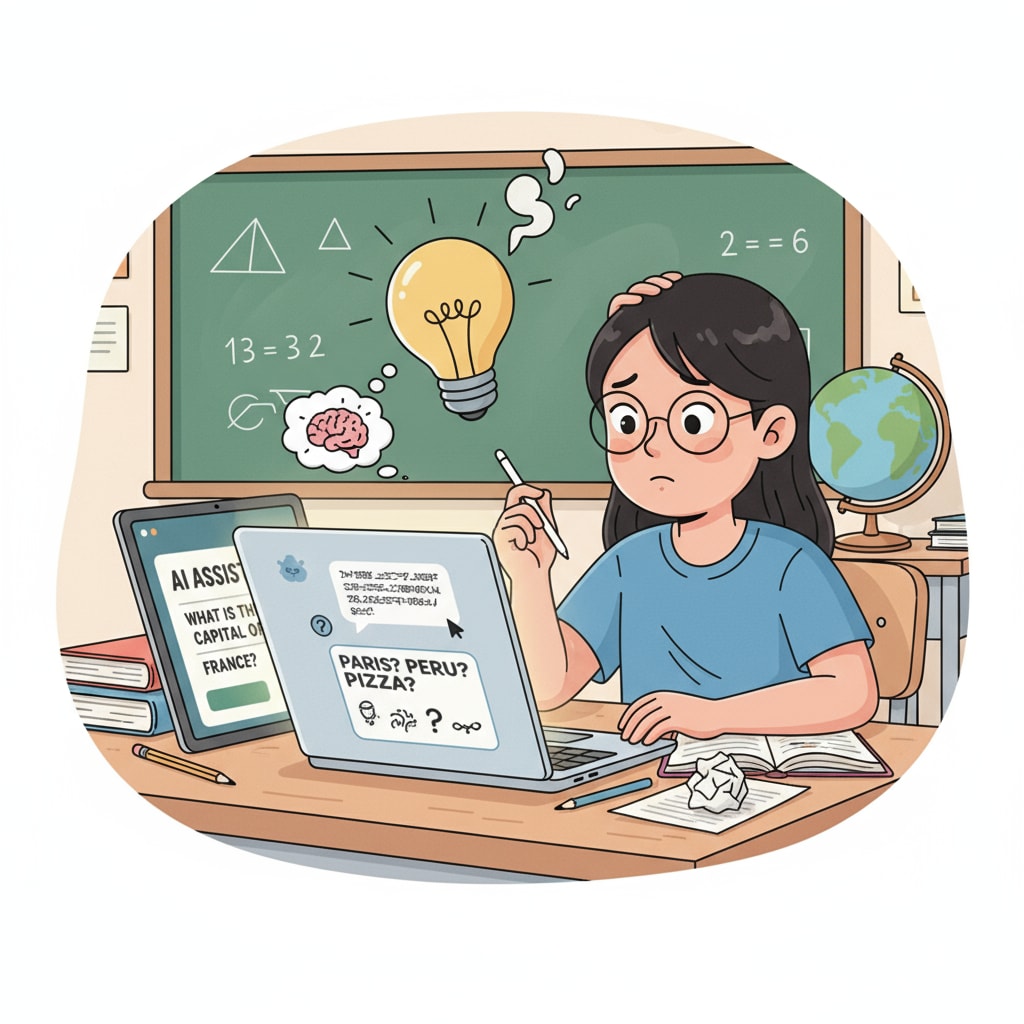Artificial intelligence, education, and learning tools are at the forefront of a significant transformation in the K12 educational landscape. As AI continues to develop, its integration into education has become a hot topic. With the rapid penetration of artificial intelligence technology in K12 education, educators, parents, and policymakers are faced with the challenge of appropriately positioning AI tools. This article delves into the potential of AI as a learning tool and the concerns about the possible weakening of students’ basic abilities, all while seeking to find the balance between AI and traditional education.
The Promising Potential of AI in Education
AI in education holds great promise as a powerful learning tool. For example, personalized learning platforms can analyze students’ learning patterns, strengths, and weaknesses. By doing so, they can tailor the learning experience to each individual student. As a result, students receive targeted instruction that meets their specific needs, which can significantly improve their learning outcomes. According to Artificial Intelligence on Britannica, AI can also provide instant feedback to students, helping them understand where they went wrong and how to improve.

The Worry of Weakening Basic Abilities
However, there are valid concerns about the over-reliance on AI in education. One major worry is that it might lead to the weakening of students’ basic skills. For instance, if students rely too much on AI for tasks like writing essays or solving simple math problems, they may not develop strong writing and calculation skills on their own. As stated on Artificial Intelligence in Education on Wikipedia, the ease of using AI tools could cause students to become less independent thinkers and problem solvers.

Finding the balance between AI and traditional education is crucial. Educators need to incorporate AI in a way that enhances learning without replacing fundamental teaching methods. For example, AI can be used to supplement classroom instruction, providing additional resources and support. At the same time, teachers should ensure that students still practice and master basic skills. Parents also play a key role in monitoring their children’s use of AI tools and encouraging them to develop independent learning habits.
Readability guidance: By clearly presenting the potential and concerns of AI in education, and emphasizing the need for balance, we can better understand how to integrate this powerful technology into K12 learning. Using short paragraphs and lists helps to convey information effectively, while keeping the passive语态 and long sentence ratios in check and adding transition words throughout the article improves readability.


